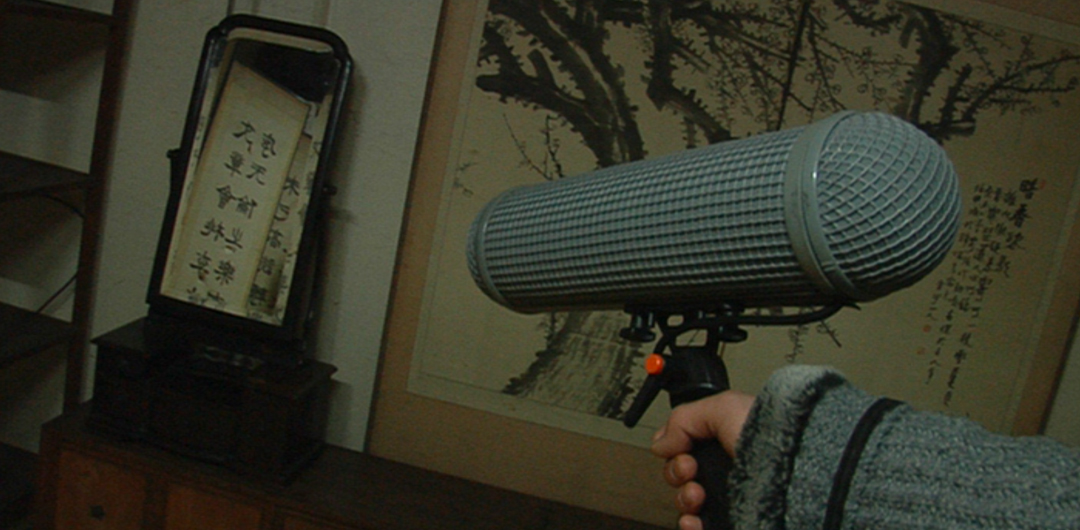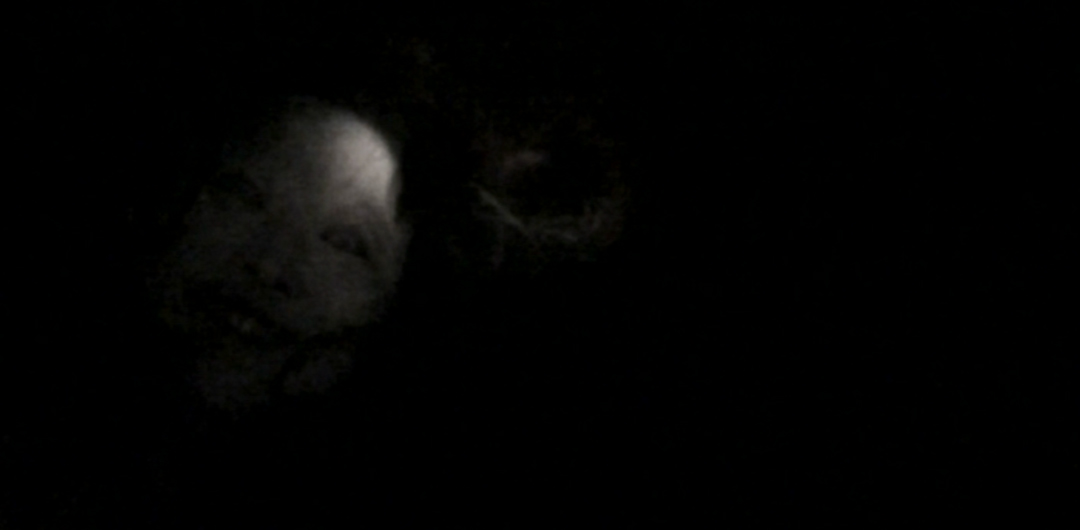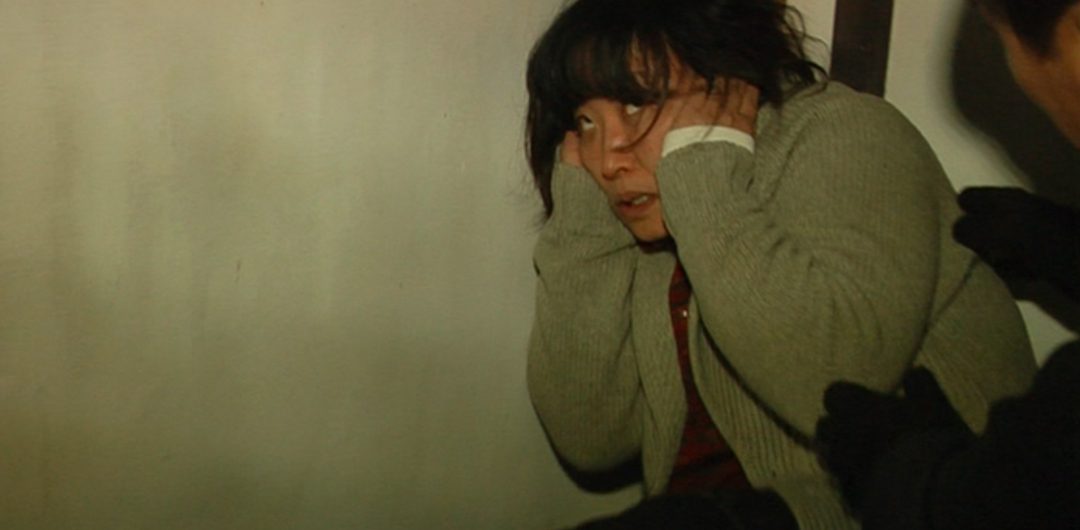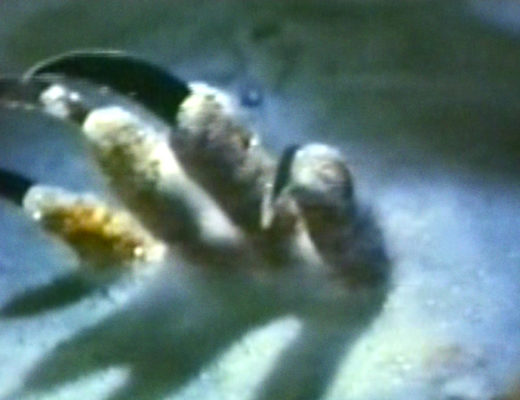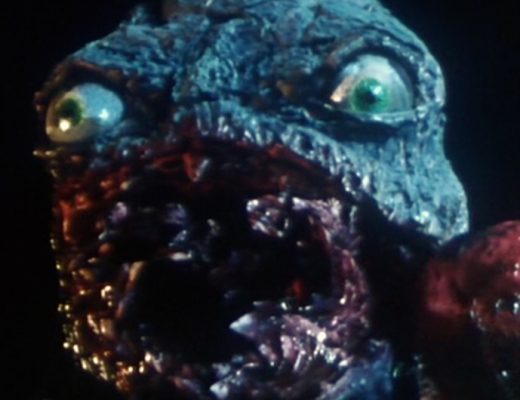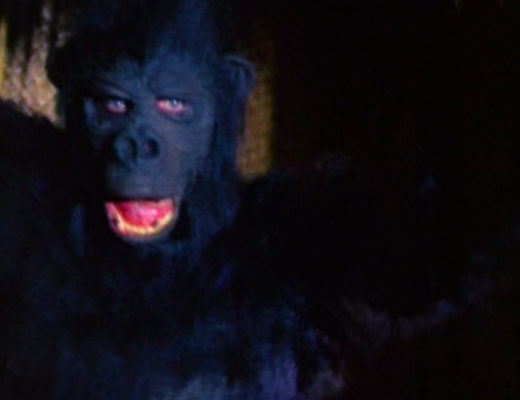Love it or hate it, found footage has earned a spot in the pantheon of horror, alongside slashers, possessions, the occult, haunted houses, beasties, and shitty kids. I’m the first to admit that found footage isn’t my favorite sub-genre. The Blair Witch Project (1999) made me pukey with all the camera jostling and swinging—I watched half the movie with my eyes closed, desperately trying to keep the visuals from spinning around me. So while I have no problems watching live animal disembowelment in a Ruggero Deodato film, the second you swing a camera up and down as you run through a bare forest, my stomach squirms. Still, I fully agree that Rec (2007) is a masterpiece of found footage. It’s absolutely fun and jaw-dropping, and it has rightfully spawned a generation of rip-offs (and a few needless sequels). Found footage has enabled filmmakers to achieve something arresting with just a dash cam or a doorbell cam or with a laptop camera, or maybe a combination of them all. It’s a creative and cost-effective use of resources that are readily available. Personally, I don’t ever want to see a movie set in a Zoom call because I live that horror every single fucking day, but I’m glad someone else wants to. Horror has something for everyone; all are welcome here.
Found footage films generally follow a template: there’s a camera crew (paranormal or regular news team) investigating a bizarre phenomenon and then the cameras capture something and get sucked into the horror. There’ll be a long hold on a banal living room and then maybe something moves on its own or there’ll be a split-second shot of a little girl or a woman in a dirty dress. For some reason they always have long, greasy hair. No matter what, there’s an increasing sense of dread; you know something’s going to happen, you just don’t know what exactly. It’s a great format to play with; a camera can just sit and face a dirty chair and you’ll be enraptured. The limitations of static (or shaky) photography invite a lot of the same tropes, but that doesn’t mean there’s no room for surprises. Cue Invisible 2: Chasing the Ghost Sound.
To answer your question, you do not have to see Invisible: Chasing the Hidden Sound to understand the sequel. These two films have nothing in common. The first installment isn’t even found footage. It’s a police procedural where the sound of baggy pants plays a pivotal part in solving an undercover operation gone sideways. Word to the wise: If you plan on committing a crime, wear leggings. While both films are completely separate (and entertaining) stories, they are united by one element: the investigation of sound.
In Invisible 2: chasing the Ghost Sound, a reality TV crew visits a remote inn nestled in the snowy mountains of Korea. It’s a hanok, a traditional Korean home with a tile roof, sliding wood doors, and simple spare rooms with low tables and floor cushions. The hanok would be the Korean equivalent of a Dutch colonial revival house in Amityville. So yes, definitely haunted. The innkeeper explains that she’s been hearing voices—not inside her head, but in the walls. The crew investigates. There are arguments, secrets, murder, and garbled voices that the crew and the innkeeper must decipher.
Chasing the Ghost Sound does fall into some of the trappings of found footage films. However, it does add a fresh take: much of the horror is explored through sound. There’s silence peppered by odd noises. Is this imagined or is this real? Director Jun-suk Yoo explores it all within a tidy 40-minute runtime that has little fat. While it never soars to the height of other titles in the same sub-genre, Chasing the Ghost Sound is a humble and welcome addition that’s worth experiencing. Plus it won’t make you nauseous.
